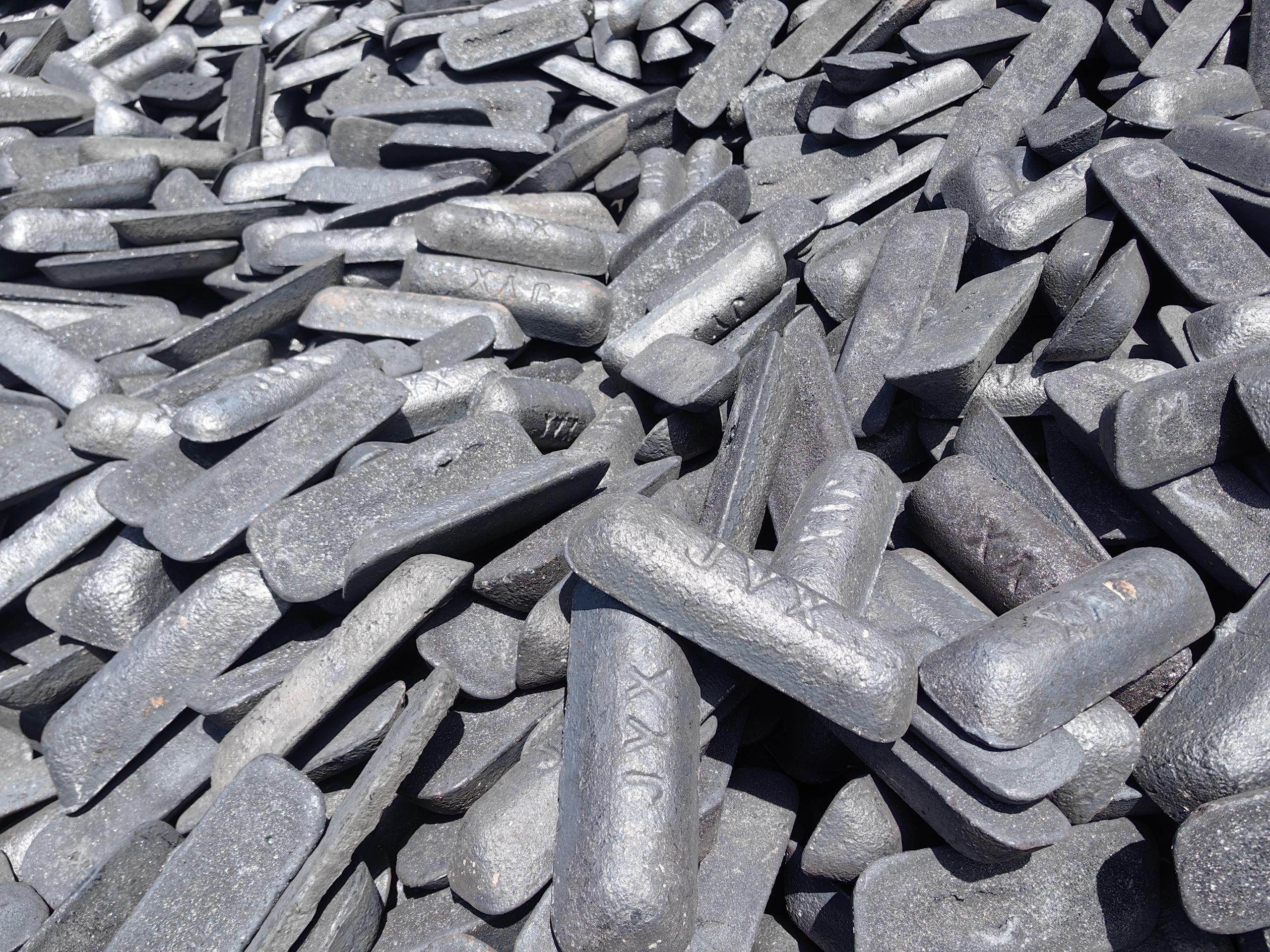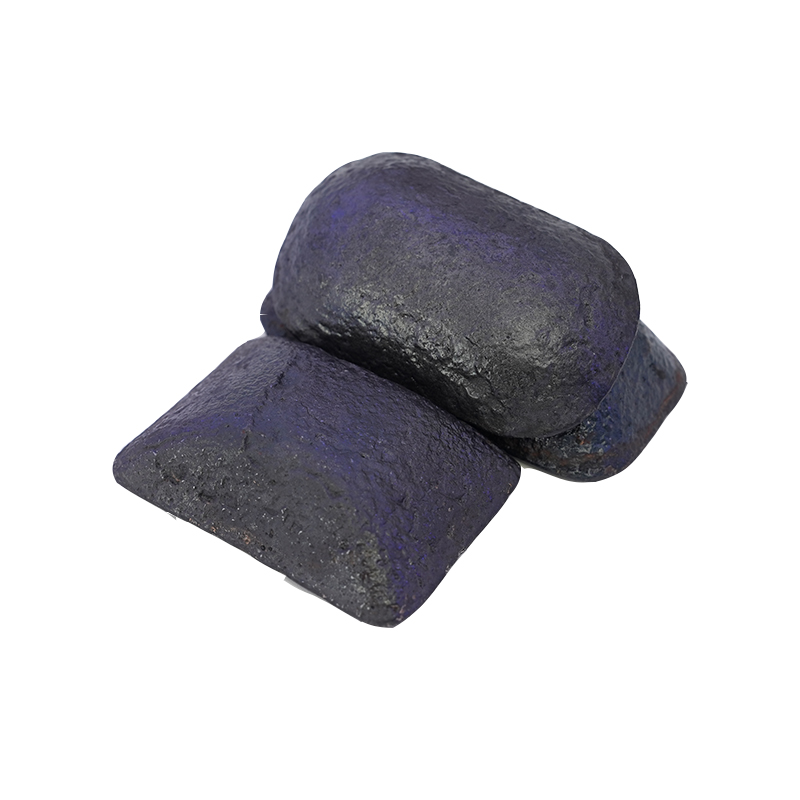Pig Iron vs. Sponge Iron: Which is Better for Steel Production in 2025?
2025-09-17 11:04:16 hits:0
Steel production has always relied on iron as its core input, but the form of that iron can make a significant difference in cost, efficiency, and quality. Two of the most common raw materials are Pig Iron and Sponge Iron. While neither is universally “better,” each offers distinct advantages depending on your production goals, technology, and budget.

Pig Iron: High Carbon, Molten, and Key for Cast Iron & Steelmaking
Characteristics:
High carbon content (3.5–4.5%)
Brittle and less malleable
Contains impurities like silicon, sulfur, manganese, and phosphorus
Produced in molten form, making it directly usable in some processes
Production:
Pig iron (view our pig iron products) is produced in blast furnaces, where iron ore is smelted with coke and limestone. It is the first product in the traditional Blast Furnace–Basic Oxygen Furnace (BF–BOF) steelmaking route.
Uses:
Manufacturing cast iron and wrought iron
As a primary input for steel production (after further refining)
Advantages:
Ready-made in molten form, saving energy during further processing
Cost-effective for bulk steel production in integrated plants
🔗 Related reading:
Sponge Iron (Direct Reduced Iron): Purer, Solid, and Ideal for EAFs
Characteristics:
Porous and solid form of iron
Very low or no carbon content
High purity, highly reactive
Production:
Sponge iron is produced through direct reduction of iron ore using reducing gases (natural gas or coal) at lower temperatures, without melting the ore.
Uses:
Widely used in Electric Arc Furnaces (EAFs) and induction furnaces
Often mixed with steel scrap to produce high-quality, low-carbon steel and specialty alloys
Advantages:
High purity ensures superior alloy and specialty steels
More environmentally friendly compared to blast furnaces, offering a lower carbon footprint
Supports modern steel plants focusing on green steelmaking
🔗 Related reading:
Pig Iron vs. Sponge Iron: Key Differences at a Glance
| Feature | Pig Iron 🏭 | Sponge Iron ⚙️ |
|---|---|---|
| Carbon Content | High (3.5–4.5%) | Very Low / None |
| Form | Molten, brittle | Solid, porous |
| Purity | Contains impurities | High purity |
| Production Method | Blast Furnace | Direct Reduced (Coal/Natural Gas) |
| Main Uses | Cast iron, steel refining | EAF & induction furnaces with scrap |
| Advantages | Molten state saves energy | Environmentally friendly, ideal for alloy steels |

Choosing the Right Iron Source for Your Steel Plant
Steel Quality & Applications:
Sponge iron is preferred for high-quality, alloy, and specialty steels.
Pig iron is more suited for cast iron and conventional steelmaking.
Technology Pathway:
Sponge iron is a primary feedstock for Electric Arc Furnaces (EAFs).
Pig iron is integral to the Blast Furnace–BOF route.
Cost & Energy:
Pig iron saves energy by being molten.
Sponge iron production is more energy-efficient overall and aligns with low-carbon steelmaking goals.
Conclusion
Neither pig iron nor sponge iron is universally “better”—the choice depends on your steel grade requirements, available technology, and sustainability goals.
👉 If you’re producing bulk conventional steel, pig iron may be the practical choice.
👉 If you’re focused on high-quality alloys and low-carbon steel, sponge iron is the smarter option.
At Tiegu Export, we supply reliable pig iron for global foundries and steel plants. Contact us today for competitive pricing and fast delivery tailored to your production needs.
🔗 You may also find these helpful:

 en
en  fra
fra  de
de  ru
ru  ara
ara  gle
gle  it
it  jp
jp  kor
kor  th
th  zh
zh 


